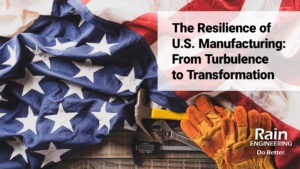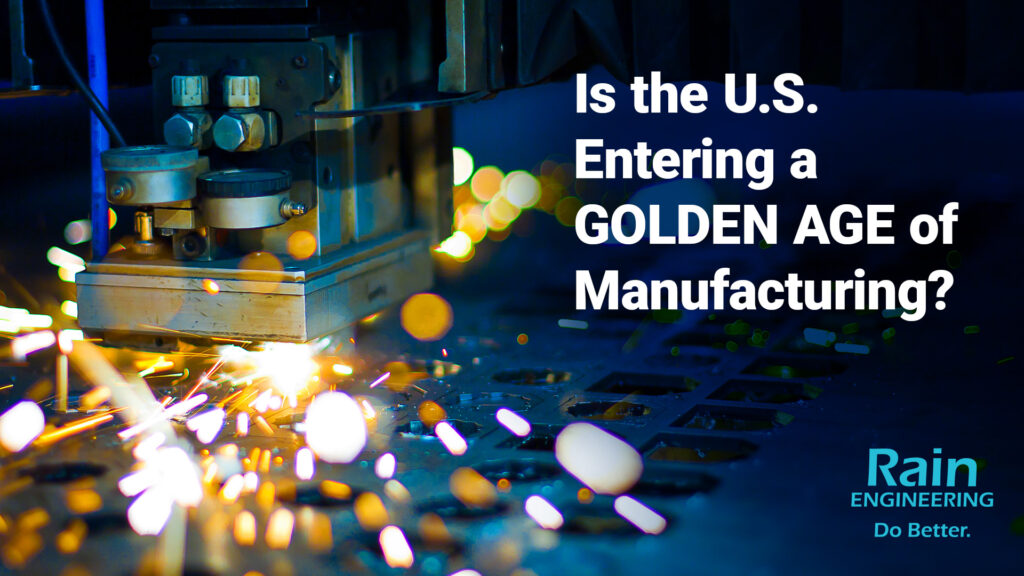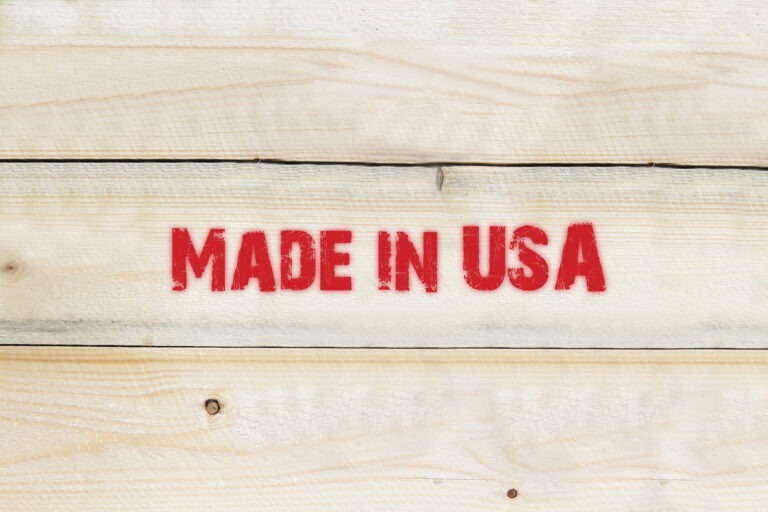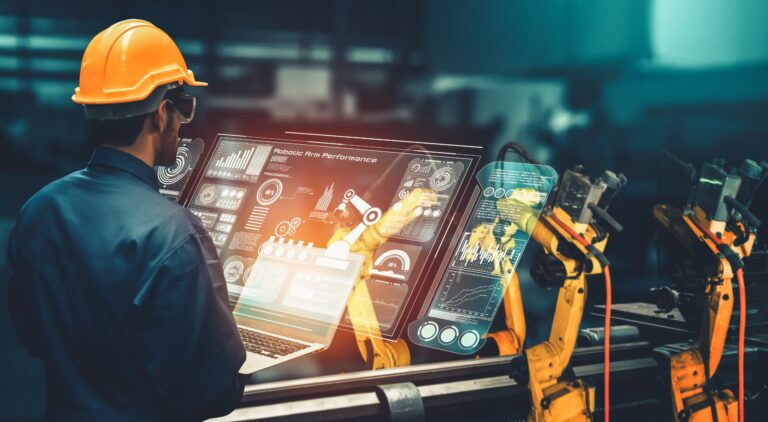It wasn’t long ago that serious talk of reviving American manufacturing felt like nostalgia at best, and political theater at worst.
But in recent years, something real has shifted in Washington.
The federal government isn’t just acknowledging the importance of domestic production—it’s actively putting its weight behind it.
One of the clearest signs of this pivot came with the CHIPS and Science Act, a sweeping investment that channels more than $50 billion into bringing semiconductor manufacturing back to the U.S.
These chips, essential for everything from smartphones to fighter jets, have been mostly produced overseas—especially in Taiwan.
That’s not just a supply chain concern anymore; it’s a matter of national security.
So, Washington stepped in, aiming to build factories, create jobs, and ensure America isn’t left vulnerable in a crisis.
Then there’s the Inflation Reduction Act.
While it was originally pitched as a climate initiative, it ended up doing far more.
Tucked inside are robust incentives for U.S.-based manufacturing—particularly for green technologies like batteries, solar panels, and electric vehicle components.
The message is clear: if we’re going to power the future, we should build the tools here at home.
Even infrastructure is getting the manufacturing treatment.
The Bipartisan Infrastructure Law is pouring over a trillion dollars into roads, bridges, water systems, and more. That doesn’t just mean construction crews—it means a rising tide of demand for steel, concrete, and other materials made right here in the U.S., sparking industrial renewal in places that haven’t seen much of it in years.
And let’s not forget the renewed push for “Buy American” policies.
The federal government is taking a harder stance on where its dollars go, tightening procurement rules to make sure more of that money stays within U.S. borders—supporting domestic factories, not foreign suppliers.
All of this—taken together—has turned heads.
What once seemed like isolated efforts are now converging into a larger, coordinated push to bring American manufacturing back to life.












